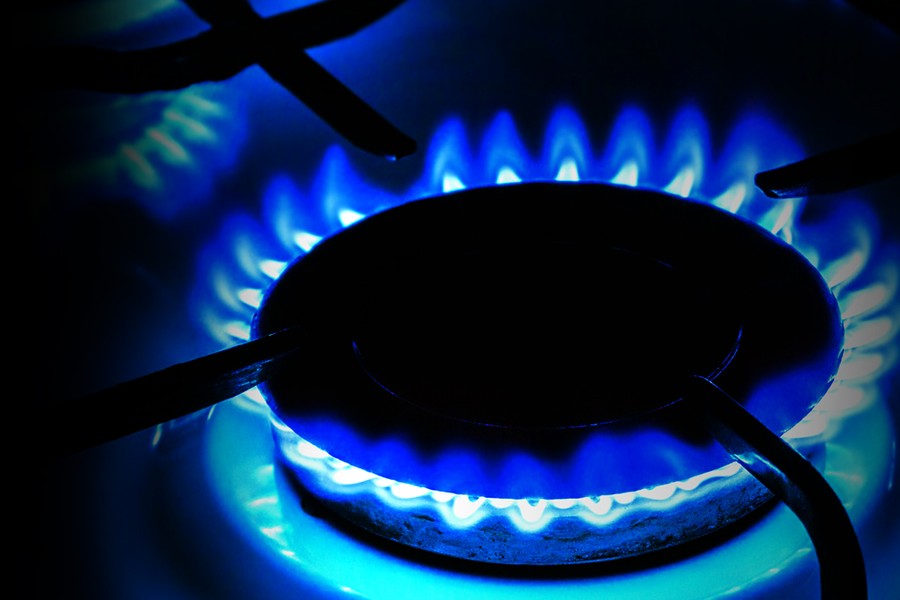Strategy is an easy word to toss into conversation, but few have a precise and clear understanding of what it means. In my book, strategy requires an understanding of how your skills and resources fit into your competitive landscape, allowing you to draw up a plan to enable you to beat the competition.
Iain has a pretty clear view on the long-term macro forces that dominate the competitive landscape of the energy markets. Firstly he observes that just as coal took 150 years to displace wood and as oil took 150 years to displace coal, so renewables have been replacing oil for the last 30 years with more to come. Rushing the transformation is likely to be counter-productive.
Secondly, he sees that energy production is becoming more decentralised. For example, solar panels are more decentralised than centralised coal burning power plants. And thirdly, he sees that customers have more buying power. Importantly, he thinks that Centrica has the skills and resources which fit neatly into this competitive environment.
From the retail customers’ perspectives Centrica are attempting to de-commoditise the supply of energy by bundling energy with insurance, warranties, connected home products and delivering high levels of customer service. As the UK’s twelfth largest insurer and with customer segmentation augmented with superior data management skills, they think they can win this one. Iain talks of being at the forefront of the Internet of Things and the connected home. The much- advertised Hive from British Gas seems to be one app / product that is leading the way and allowing Iain to talk about how they now compete with Google and Amazon on this front. No doubt the British Gas brand and its UK domestic market shares of 35% gas and 25% electricity will help as well.
Many of the 44 competitors in the UK market have been advantaged in a falling hydrocarbon price environment, but the differential in tariffs has now narrowed following recent increases. The first half to June 2016 saw the British Gas customer base fall by 3% which Centrica says is partly explained by a large number of customers coming off fixed price contracts. This is a metric that needs watching closely.
On the business customer front Centrica has bought Neas Energy and ENER-G to supplement its Panoramic Power offering. Neas can manage your energy production, so if you have a small wind turbine at your factory Neas can manage the production for you. Their customers have a power capacity which is double that of Centrica’s own assets. ENER-G installs and maintains Combined Heat and Power (CHP) technology which produces electricity at the same time that you use gas to heat your hospital, for example. And Panoramic Power can monitor every piece of electricity consuming gadgetry in your work place, so that the pump that is consuming twice as much electricity as other pumps can be identified and sorted out or replaced quickly.
Iain has moved Centrica away from the old aspiration of a fully vertically integrated supply chain whereby, if they were selling gas and electricity made with gas, then it made sense to own the gas.
On the one hand this did give the company a security of supply but on the other it did expose Centrica to the volatility of oil and gas price fluctuations; security of supply is not to be sniffed at. However, Centrica has a number of long-term supply contracts so, in line with the company’s strategy, look for their output to fall from around 220,000 barrels equivalent per day (a measure of gas production) to between 110,000 and 135,000 barrels.
Iain says that Centrica’s finances needed sorting out when he arrived in 2015. Dividends had grown ahead of earnings and the oil price crash had swiftly removed 40% of their operational cashflow. The company’s BBB+ credit rating was looking under threat. This is why in 2015 the dividend was cut by 30% to 12p and in 2016 the company raised £700 million to pay for the aforementioned acquisitions and to help pay down debt. This has all been done in conjunction with a strong cost cutting and efficiency drive with a £750 million per annum cost saving target by 2020.
Centrica’s share price has in recent times been strongly linked to oil prices but we are starting to see evidence of a decoupling which we hope is a sign that Iain’s strategic initiatives are starting to take hold in terms of shareholder value creation.
Iain has a strong strategic vision of being more customer orientated and less focussed on vertical integration into gas supply, which is well and enthusiastically articulated. Added to which I think he has the leadership skills to deliver on his undertakings and march Centrica through the challenges of energy migrating from oil to renewables over the decades that follow. Talk of a progressive dividend policy provides more support to this argument as well.
John Royden is a beneficial owner of Centrica



